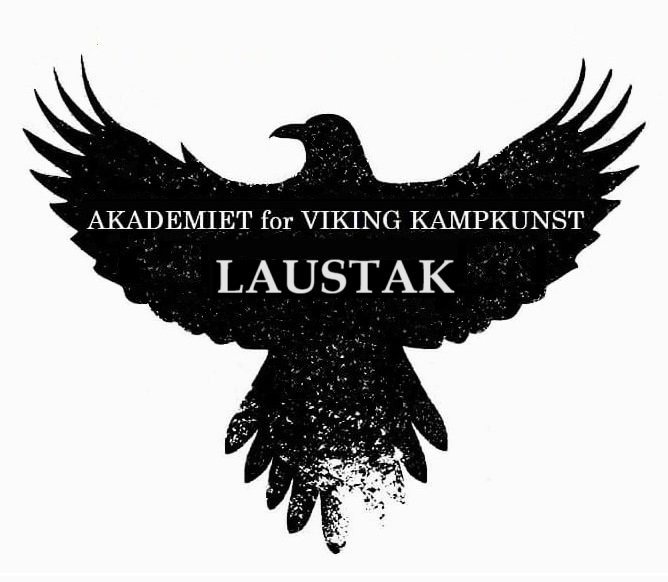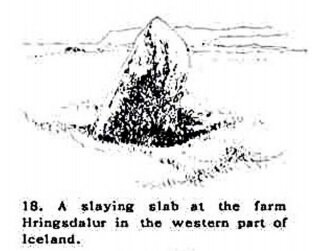GLIMA - A BRIEF HISTORY by Þorsteinn Einarsson
/Foreword:
Þorsteinn Einarsson was Iceland’s inspector for sports and traditional games between 1941 and 1981.
In this capacity, Einarsson had the resposibility to collect information from all over Iceland regarding the country's history of sport.
Over the course of his 40 year career, Einarsson documented the history of traditional folk wrestling in Iceland, and wrote a document about the different forms in "Glima the Icelandic wrestling".
Þorsteinn Einarsson
This document by Einarsson covers how Icelandic glima was developed from the types of wrestling brought to Iceland from Norway in The Viking Age, the differences from the forms of wrestling, their origin, and the connection between Viking wrestling and the Icelandic law books.
It also covers Viking wrestling’s use in warfare, combat, daily life, pleasure, play and competition.
The following is a copy of the document given to the Olympic Committee by the Olympic committee of Iceland. Here is the English translation and illustrations from the original document.
Tyr Neilsen
President of the Norwegian Laustak Federation
1. tHINGVELLIR
GLIMA






















































